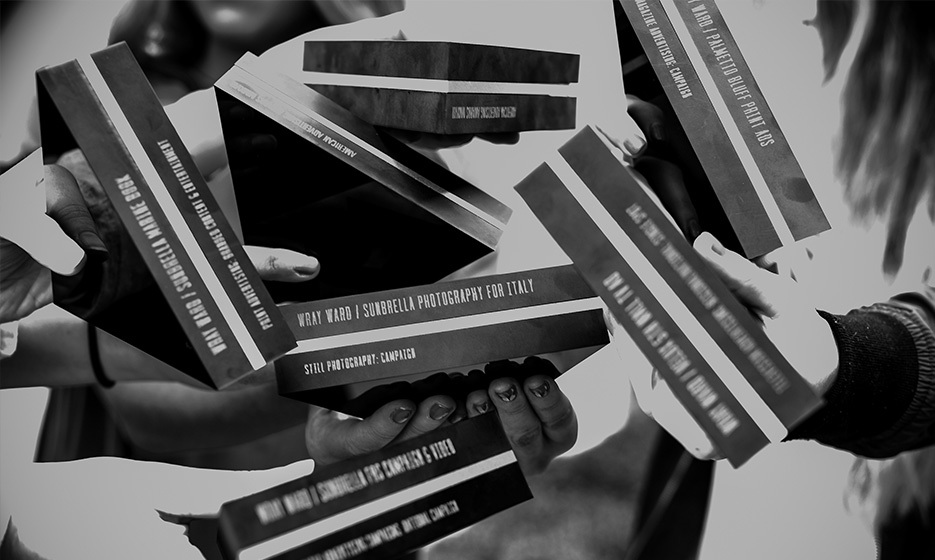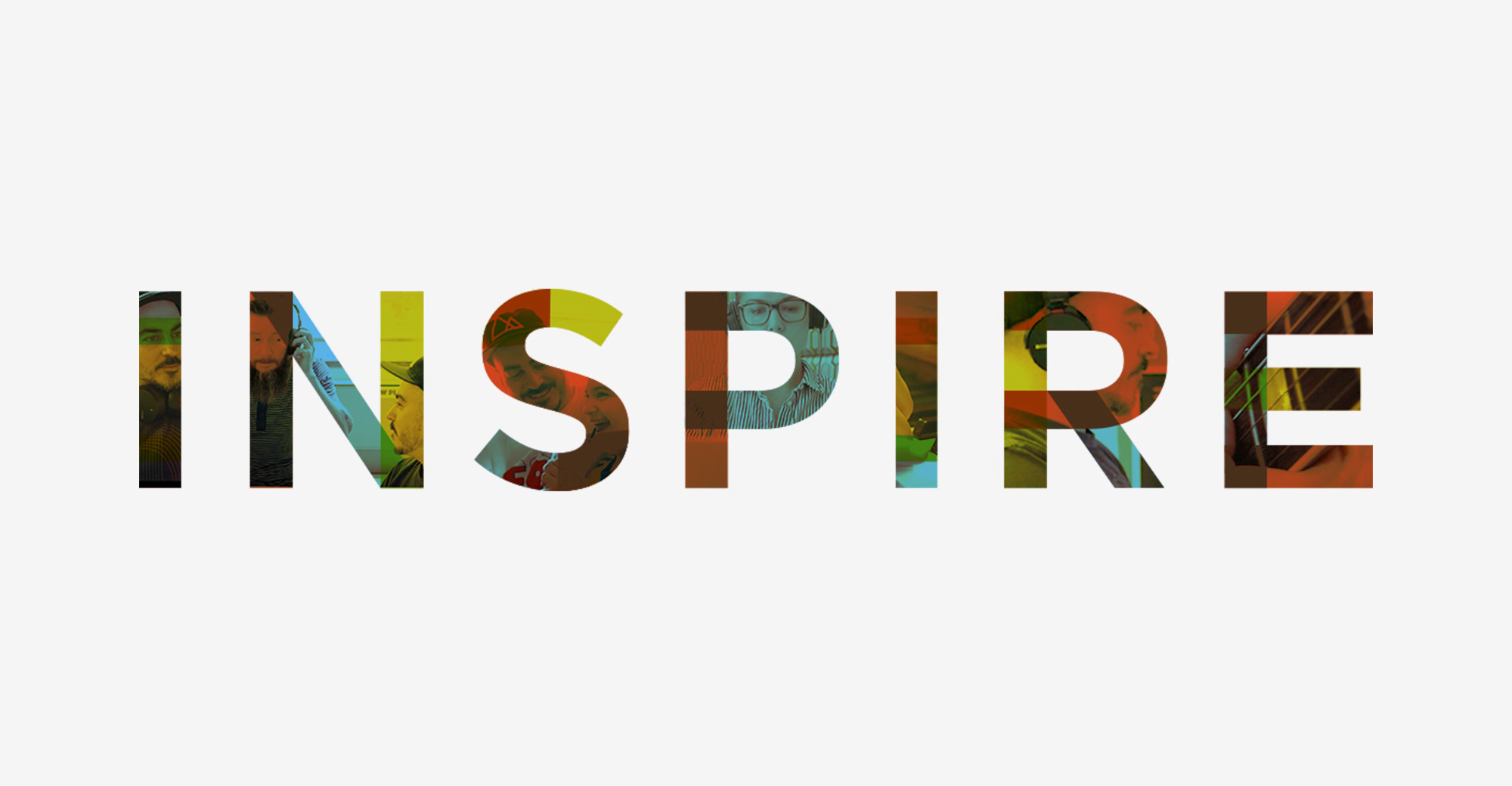Creative
Inspiration
Ready to break through to your next great marketing idea? Learning how to think like a designer may be your ticket — and this quick guide should give you a nice head start.
Let challenges be catalysts.
While their title suggests they are all about the look, designers actually start with words. To even begin thinking of a solution, you must first identify your problem. Words are the foundation for understanding the problem and how we will build a strategy. Gather all the raw information you have, from sales data to social media, and begin to look at the quantitative and qualitative relationships that exist within this information. Strong insights allow you to create a well-examined foundation on which to build. As you dig through your discovery materials, recognize that each challenge you face is an open invitation to innovate. Issues do not emerge to thwart your success. They manifest to give you an edge on future opportunities. By shifting your perspective, you will find that your biggest challenges are almost always the very things that will serve as your most valued catalysts.
Find design inspiration somewhere between the worlds of art and science.
A designer’s goal is to create work that is ownable and collaborative. Those ideas can come from anywhere and everywhere. When a designer sets foot in an Ideation meeting, they bring an open mind and hope for a big table. The strategic development of every project should be backed by a team with both relevant expertise and substantial range. This multifaceted approach leaves room for adaptive thinking, meaning you can pivot quickly without generating friction or stretching resources. Greatness does not happen in a vacuum: when everyone shows up, the ideas show up. While admittedly there is an element of design that is somewhat inexplicable, thoughtful results can also be replicated. In this way, design exists somewhere between the worlds of art and science. Our ability to push through uncomfortable moments in this process is driven by the fact that we don’t just believe a great solution exists — we know it does. By bringing a diverse selection of minds to the table and not judging ideas upon their arrival, our process remains malleable, agile and effective. Leave the door open, and unexpected things will come through time and time again.
Design for people.
It sounds simplistic, but as a designer, we’re designing for people. Not “consumers.” Get in their shoes. And get in their heads. As a designer, you can guide those who seek your expertise to a place of empathetic reasoning. Creatively execute a message that doesn’t just say what your audience wants to hear — it works to mold how they feel. The importance of incorporating this emotional effect into your marketing cannot be overstated. The most poignant, timeless advertising will often touch on a piece of humanity that extends far beyond the product, and this is marketing that is truly inspired.
We talk about where inspiration comes from, but don’t lose sight of where inspiration can take you. If you’re entrusted with a vision, you’re also charged with fulfilling its potential. That’s a responsibility to take to heart, and thinking like a designer can help you get there.

